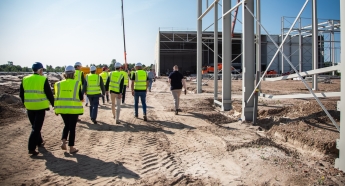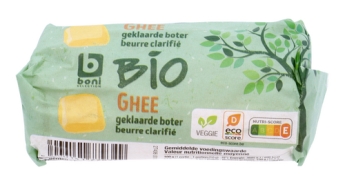Paper-cardboard
Paper and cardboard have been recycled on a large scale for years. Recycled paper and cardboard can be found everywhere: in kitchen roll and magazines, but also in packaging material or storage bins. And that is a good thing, because thanks to this recycling, we use fewer natural raw materials and reduce CO2 emissions.
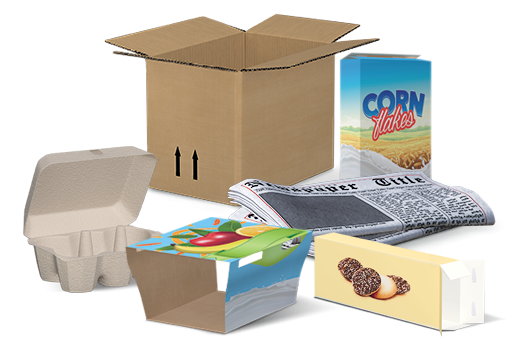
Why recycle paper-cardboard?
By recycling paper and cardboard, we need fewer natural raw materials. What’s more, it requires relatively little energy. To limit water consumption, the recycling companies make great efforts to reuse the water needed during production.
Paper cannot be recycled endlessly. The quality of the wood fibres diminishes after each processing. On average, the fibres can be re-used five to seven times. To increase the quality of the end product, new fibres can be added. The higher the quality required, the more extra fibres are necessary.
Good sorting = better recycling
The recycling of paper and cardboard can be disrupted by the presence of other materials, such as plastics or metal. Dirt and grease – food remains, for example – also hamper the recycling process. The higher the quality of the paper and cardboard that we collect, the higher the quality of the recycled paper will be. So we rely on you when sorting, as well!

This is how it works
- Collecting from your home or in the recycling park
In most towns, cities and communes, paper and cardboard are collected house to house. That is not only convenient for you, but is also means that we can recover a maximum amount of old paper and cardboard. You can also take paper and cardboard to the recycling park.
- Sorting according to quality
Once collected, paper and cardboard are sorted according to quality. Everything that is not paper or cardboard is removed. Depending on the quality, various applications are possible, from printer paper to packaging boxes.
- Making pulp and purifying
The paper is mixed with water to make pulp. All unwanted components such as paint, staples, varnish, residual glue, plastic and string are removed from the paper pulp.
- Deinking
To make high-quality paper sorts, all the ink must be removed from the old paper. Sometimes the paper is bleached, as well.
- Pressing and drying
The paper pulp is successively dewatered, pressed and dried. Depending on the sort of paper and the required end quality, the pulp undergoes various finishing processes.
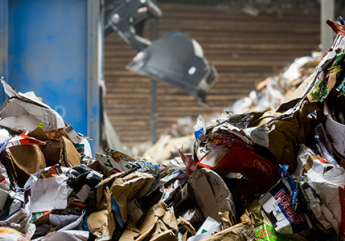
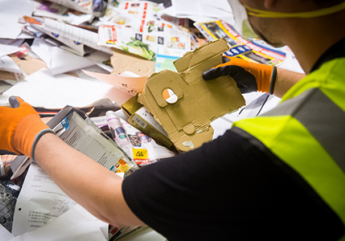
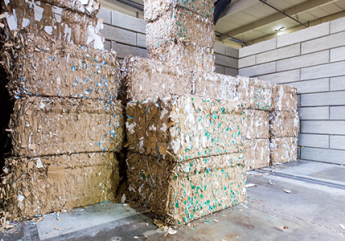
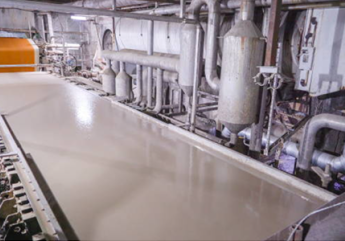
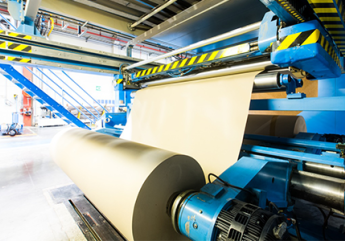
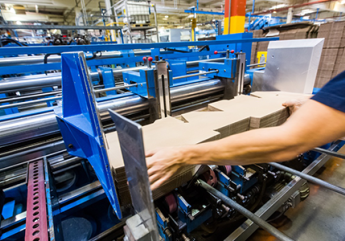
Applications
You come across recycled paper and cardboard every day. Newspapers and magazines are almost always printed on recycled paper. Writing pads, exercise books, drawing paper or printer paper are often made of recycled paper. And finally, paper tissues, kitchen roll and toilet paper usually contain recycled paper.
Recycled cardboard can be found among other things in packaging cardboard and cardboard boxes – everything to store, ship or protect things. But there are also products that you might not immediately expect to contain recycled paper and cardboard, such as board games, partition walls, wastepaper baskets or storage bins.

